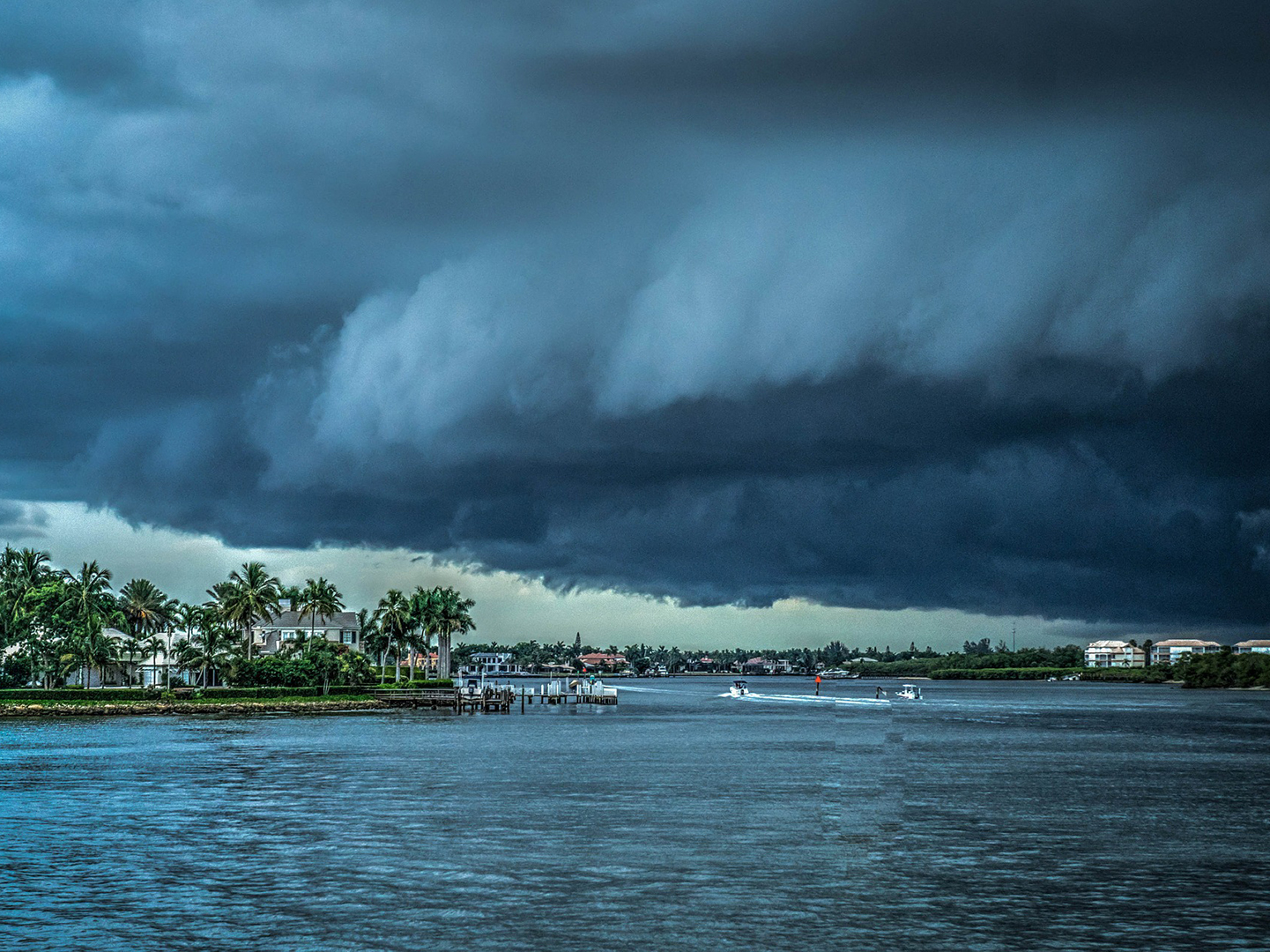Texas A&M Researchers To Address Chemical Pollution Following Gulf Coast Storms
Story by Margaret Preigh, CVMBS Communications
A team of researchers including Dr. Weihsueh Chiu, professor in the Texas A&M College of Veterinary Medicine & Biomedical Sciences’ (CVMBS) Department of Veterinary Integrative Biosciences (VIBS), has been awarded a three-year Healthy Ecosystems grant by The Gulf Research Program of the National Academy of Sciences, Engineering, and Medicine to address the risk of flood-induced chemical spills at Gulf Coast facilities.

In a partnership between the CVMBS, the Environmental Defense Fund, the Galveston Bay Foundation, and Texas A&M’s College of Engineering, School of Public Health, and College of Architecture, researchers will conduct modeling and analysis to identify which facilities are most at risk and what solutions, such as natural infrastructure, might reduce those risks and lessen impacts to nearby communities and ecosystems. By mapping and modeling potential floods at-risk facilities, the team will support efforts to mitigate pollution through natural infrastructure.
This unique collaboration leverages expertise across multiple disciplines that will inform strategies for other vulnerable coastal areas with heavy industrial footprints, such as in neighboring Louisiana.
The Texas and Louisiana coasts are home to a multitude of industrial and petrochemical facilities, many of which are vulnerable to flooding and future sea level increases. Heavy rainfall and flooding like that seen during Hurricane Harvey can cause chemicals to be released into the air and water; though many of these chemicals are harmful to human health and the ecosystem, the full extent of the risks they pose is unclear.
“It’s been increasingly recognized how much industrial facilities might be vulnerable to the increasing rate and intensity of storms on the Gulf Coast,” Chiu said. “This year we’ve seen a record number of named storms—we’re into the Greek alphabet in terms of naming. With climate change, it is likely that this would continue to intensify.”
This research project will result in first-of-its-kind assessment for identifying natural and nature-based infrastructure to reduce risk of flooding, contaminant release, and exposure.
The study will focus on contaminants associated with petrochemical facilities and their presence in two common and economically important fish species found in Galveston Bay, speckled sea trout and red drum. The presence and concentration of such contaminants can shed light on both recent chemical releases and those that occurred in the past. This project focuses on Galveston Bay because of the number of nearby industrial facilities and its potential to serve as a model for the Gulf Coast as a whole.
In addition to measuring contaminants and assessing risk, the research team will also assess different strategies aimed at reducing the probability of flooding or mitigating contaminant releases to protect the ecosystem and coastal populations. Some of these strategies include improved stormwater management infrastructure and constructed wetlands. The results of these assessments can help inform efforts to improve resiliency of Gulf Coast communities and industrial facility risk management plans.
Low-income, underserved communities along the Gulf Coast are at greatest risk from releases of chemical contaminants. These releases can also result in closure of fishing grounds, with devastating effects to commercial fishing fleets and related jobs.
Because flooding and contaminant releases are subjects that affect a large population, the research team will strive to involve regulators, public health officials, and other stakeholders in the region.
“We hope to be able to prioritize which facilities are at the greatest risk for potential flooding and which would most benefit from different types of green infrastructure to mitigate those risks,” Chiu said. “The other part of this is looking at more the ecosystem health and not just the human health because humans and ecosystems depend on each other.”
By understanding how contaminants move through Gulf Coast waters and assessing which mitigation efforts are most likely to be effective, stakeholders from many different areas can come together to reduce the risks that Gulf Coast ecosystems and communities face.
###
For more information about the Texas A&M College of Veterinary Medicine & Biomedical Sciences, please visit our website at vetmed.tamu.edu or join us on Facebook, Instagram, and Twitter.
Contact Information: Jennifer Gauntt, Director of CVMBS Communications, Texas A&M College of Veterinary Medicine & Biomedical Sciences; jgauntt@cvm.tamu.edu; 979-862-4216


